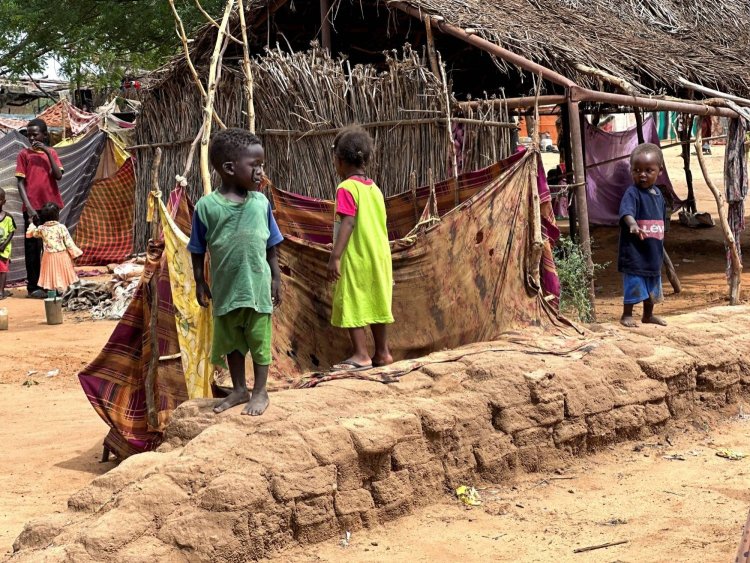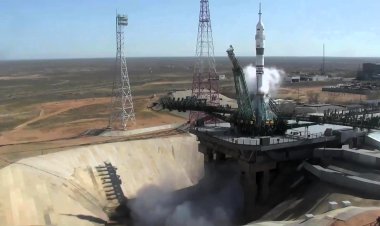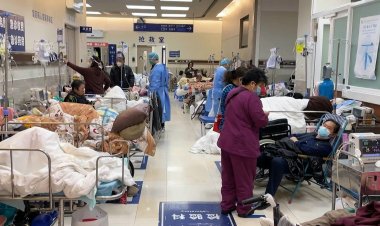Floods and Famine Plague Sudan's Darfur Camp

A famine-stricken camp in Sudan's conflict-torn Darfur region is facing a "significant" new influx of displaced people while floods threaten to contaminate water and sanitation facilities.
The findings from Yale Humanitarian Research Lab show that toilets and nine out of 13 water points have been inundated at the Zamzam camp for internally displaced people (IDPs) in North Darfur, raising the risk of cholera and other diseases in an area already facing extreme levels of malnutrition.
The camp, hosting about 500,000 people, has become more crowded as people have fled recent fighting between Sudan's army and the paramilitary Rapid Support Forces (RSF), which broke out in April 2023.
The images analyzed by the Yale researchers show brown floodwaters submerging outdoor toilets and areas where people queue for water.
Zamzam is the largest IDP camp in Sudan, and some people have lived there for more than two decades.
The world’s global hunger monitor determined that Zamzam is experiencing famine, only the third such assessment since the Integrated Food Security Phase Classification, an international food security standard, was established two decades ago.
Zamzam is near al-Fashir, capital of North Darfur and the only significant holdout from the RSF across Darfur. At least 65 people were killed this week as the group besieged the city.
The main hospital is out of service after an RSF attack.
Zamzam and other areas where more than 300,000 people have fled are controlled by armed groups that are neutral or allied with the government and therefore offer some protection. But they have little food and few services because the army and RSF have prevented assistance from entering.
Residents have limited access to fresh water, the Yale researchers said.
In al-Fashir, the Yale researchers documented flooding of hospitals, food and water distribution sites, and markets.















